Objective
There is a general lack of student accommodation in Prague. The student dormitories capacity does not cover the demand. Moreover, if you are lucky enough to get the room, it will most likely be in the communist-era-built dormitory, with living standards echoing the given era. These types of dormitories were mainly built from the ’60s to ’80s of the 20th century. The majority of them need improvements, especially to decrease the building energy consumption.
We, therefore, aim to tackle these challenges by developing a modular system enabling the addition of storeys on top of an existing building, to extend its accommodation capacity fulfilling current living standards.
The model building chosen for the Solar Decathlon Europe 21/22 competition is a student dormitory of Charles University in Prague called Větrník, built in the ’60s of the 20th century. However, the FIRSTLIFE team will provide a modular solution that will apply to a wide range of similar buildings. One storey will be added on the top of the street wing and two on the side wings of the Větrník building. Our design will offer accommodation for more than 70 students, but the extension will not only consist of new student rooms. We intend to expand the communal spaces as well, enabling social life to thrive.
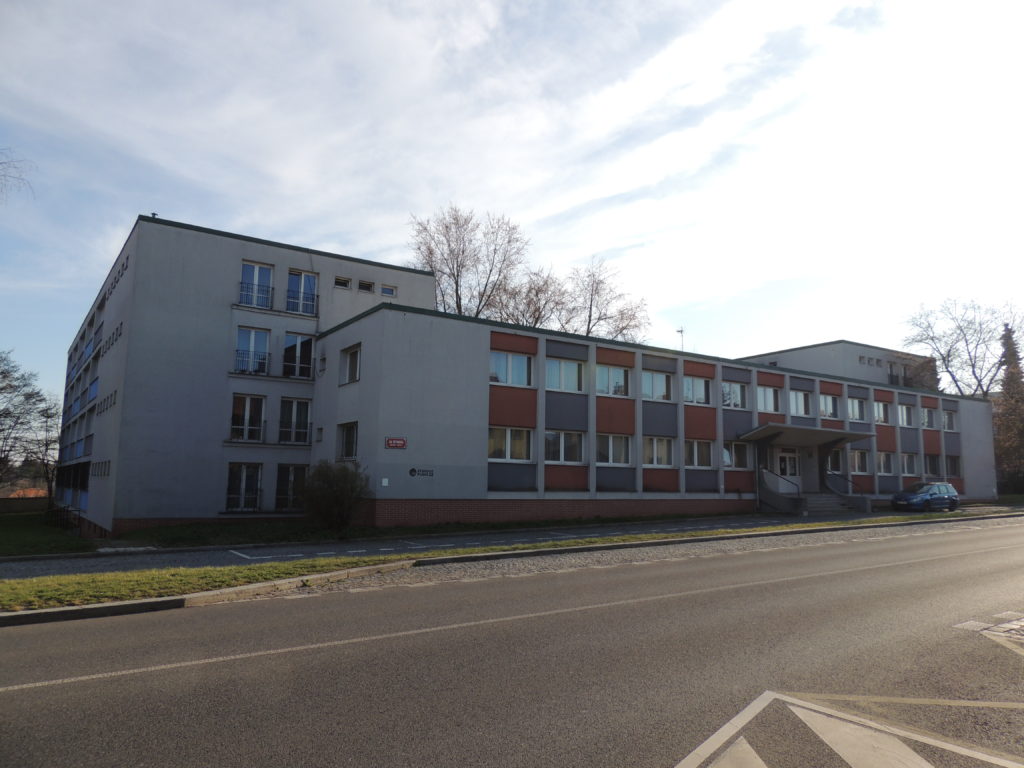
However, while sustainable and energy-efficient buildings are a frequently discussed topic we deeply care about, this project is about much more to us. We project our own experiences and perception into it. The unavailability of apartments and high prices in Prague affect all the young people every day. The student dormitories capacity is deficient. These circumstances bring students to, lightly said, challenging life situations. Students, who have ever experienced living in dormitories, concur, that if any part of university student life deserves an improvement, it should be the dormitories. We know it. We have lived there.
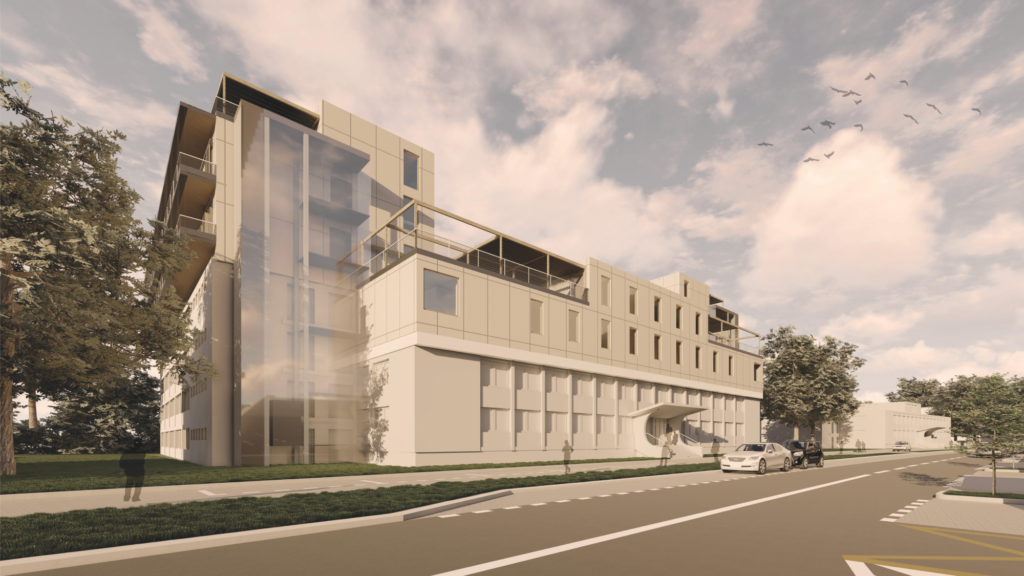
House description
The team will construct and test a small part of Větrník extension as a demonstration unit. This house demonstration will show the idea of FIRSTLIFE design. After the tests, conducted at University Centre for Energy Efficient Buildings (UCEEB), the unit will be transported to Wuppertal. In this city in Germany will be a final expo of the competition. This prototypical unit will consist of all the elements designed for the Větrník extension to provide a 1:1 scale model of our solution.
The house at the Wuppertal Solar Campus is designed not to be just a building. It is meant to be a hub of community life. Surely there will be the building itself, but we intend to provide also the environmental, cultural and social aspects of the design. Therefore, we plan to have sustainable activities, such as swap markets and cultural events, concerts and open galleries. We are also preparing some surprises since we want to provide visitors of FIRSTLIFE house with the best possible student experience.
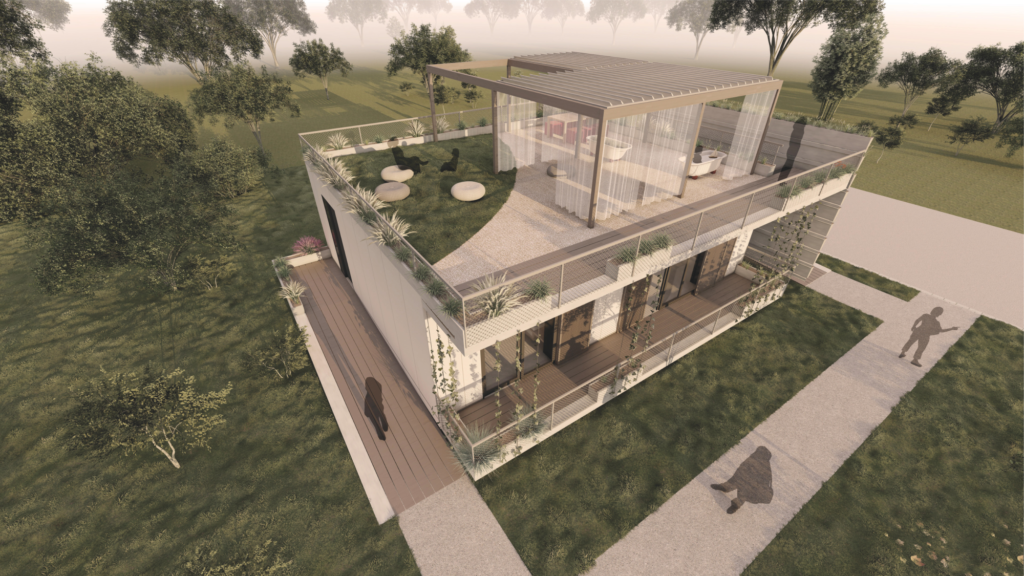
Materials for the structures are selected to have a small carbon footprint. The most important material of our house demonstration unit is wood. The bearing structure is a timber two-by-four system. Wood fibreboards are used as the thermal insulation of the house. Also, In our design, we prefer recyclable material. We are using old pallets for interior design. Non-load-bearing walls are made of slabs of pre-sorted municipal waste or paper and cardboard boards. A big issue is upcycling previously used products and modularity of the interior design to provide as much function with a given space. This aim will help us to reach the overall carbon neutrality of the FIRSTLIFE project.
Regarding building technical systems, the difference between the solution for Design Challenge and HDU is only in the sizing of the components. The general concept remains the same for both buildings. At the core of our solution are photovoltaic panels with battery storage, an air-to-water heat pump and forced ventilation with heat and humidity recovery. Our concept responds to the increasing need for grid-consumer interaction and demand site management. The heat pump combined with an optimally sized storage tank, PV panels with batteries and a smart controller provides high control flexibility depending on the current state of the grid and the self-produced electricity in the PV panels. The forced ventilation reacts to CO2 concentration and switches off when the windows open. Lamella photovoltaic panels are proposed, glued to the pergola structure on the roof. A total of 2.81 kWp of power is proposed, while a 2.5 kWh battery is used for storage.
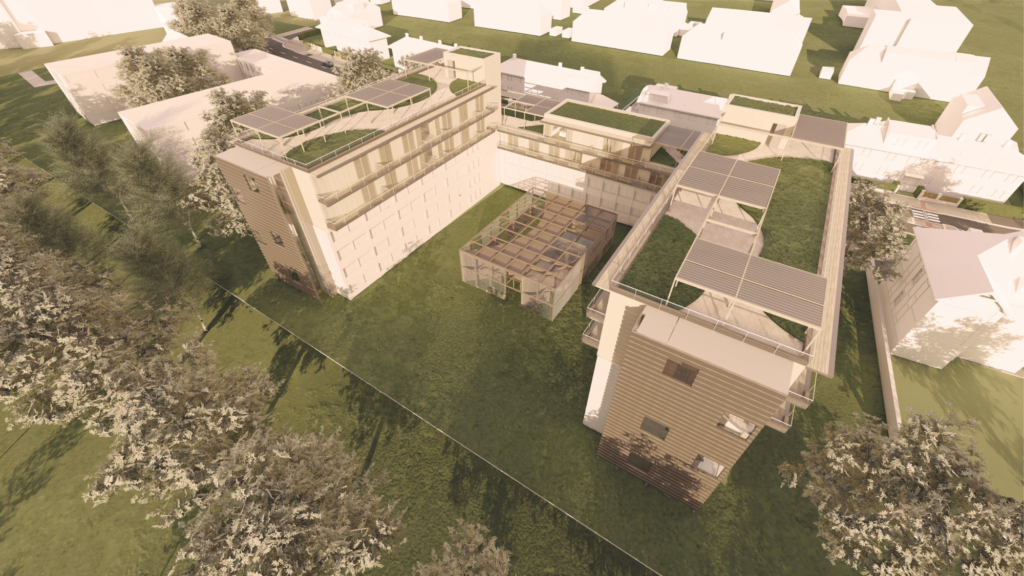
Droughts and city heat islands are the issues of today’s urban areas. Therefore, sustainable rainwater management and greenery applications are a must-have for every new urban design. Our vertical root zone wastewater treatment and green yet inhabitable roofs are an essential part of the design. And we are planning to use 3D printing demonstration in house environment to show its potential in printing things of daily use.
Project development and current state
First of all, our team is nearly 60 headed strong. Apart from the pleasant fact that we are having more fun, a big group is a fundamental necessity for the correct development of our project. We have needed experts in Electrical engineering, building services, material engineering and many more technical-related fields of expertise. But this project is also about people. So we are having in our team members focusing on the social aspect of the design. And soft skills groups, such as PR and fundraising, also increased in numbers. Since our project is starting to be quite complex, it’s good that there is always someone responsible for a specifically dedicated area of design. There are now 14 workgroups, 15, if you count the board.

This growth resonates in the quality and detail of delivered documents. The last deliverable from our team, serial number 5, has improvements in nearly every aspect of the FIRSTLIFE project. With each calculation and engineering decision, the unknowns of our initial design are disappearing. We are in the phase of designing buildable and hopefully final versions of each part or system of the building.
Another piece of the project puzzle is the money and material. And the good thing is, we’ve made solid progress in that part too. We’ve been searching for potential partners for a while. In autumn 2021, the intensity of these meetings even grew, with scheduled physical appointments or video calls nearly every workday of the week. We can finally say first two names, it’s CAP Centre of Advanced Photovoltaics and Dalux. And others are collaborating with us while the exact form of the agreement is underway. It’s still a long way down, but the momentum is on our side and, hopefully, we will reach the planned budget. We are in closer contact with 32 companies, from nearly 90 reached.
Dissemination activities and current impact
But the show will start much sooner. We want to use the full potential of the solar decathlon challenge. We started our communication campaign much sooner. We will focus on the general public and also on members of the construction community and engineering students. We intend to provide a direct communication campaign. We are planning to visit major civil engineering and cultural events, where we can meet people and show them our vision.
And, as planned, we are starting to be seen in the outside world. With the help of our media partner TZB-info, we had a spot at ForArch, the largest annual civil engineering expo in Czechia. With Virtual reality, we explained to the general public the most important ideas of our project. Also, at the exhibition Pokoje (Rooms) in late autumn, we’ve reached art-related circles of our community. Our exhibition room, called “World Made out of Waste”, tackled the visitors with the metaphor of today’s world waste production and possibilities of recycling and even upcycling these products.
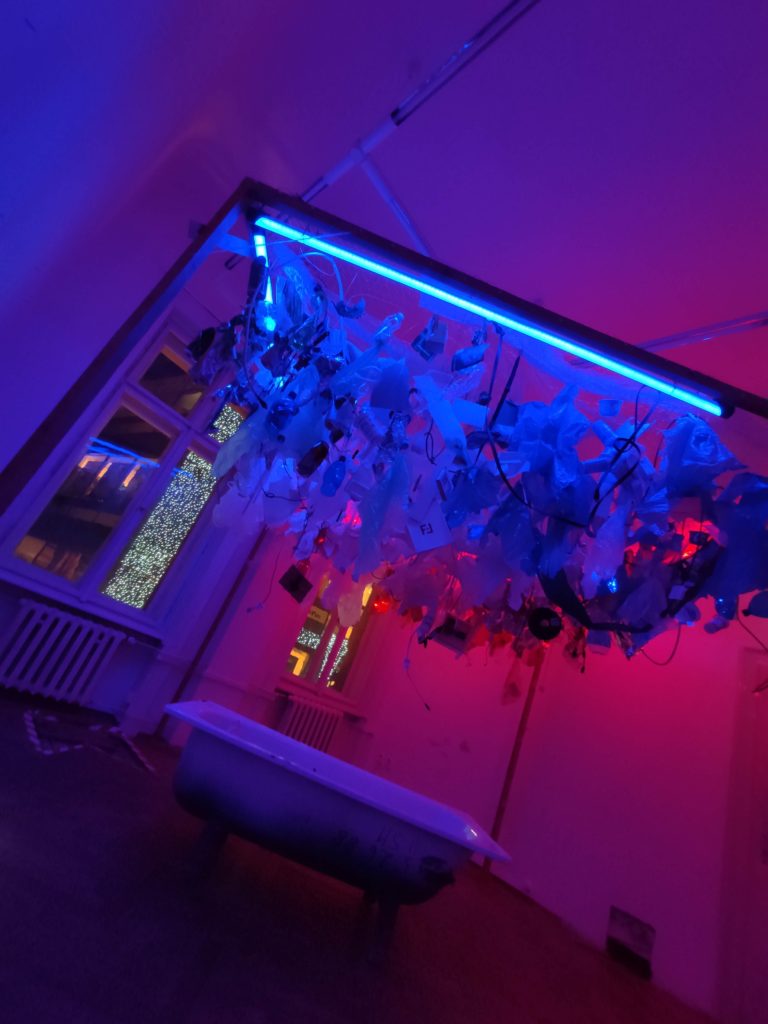
We already use social media, such as Facebook, Instagram and Youtube, for displaying our design and progress in the competition. But we intend to get into more traditional media coverage, with the first smaller impacts on this kind of media already. And our exhibit was recognized by one of the biggest internet news websites, Aktualně.cz. And since we are talking about media, we’ve got some articles in specialized ones, such as Odpadové Fórum (Waste Management Forum) and TZB-info.
An important aspect of our strategy is to present the design locally as well. We, therefore, intend to bring the idea to local dormitory areas to show the public what can be done with the current situation. Dormitory Větrník is owned by Charles University, the biggest university in the Czech Republic. Since the last deliverable, we’ve had meetings with Charles University senators engaged in the dormitory situation. They offered us a chance to meet and discuss the problem with the local Větrník students and are also willing to cooperate with us on the survey among their students, which should be interesting.
Wow, that was long, right? Since you are seriously interested in our project (you’ve reached the bottom of this page), you should see the rest of the main page!
